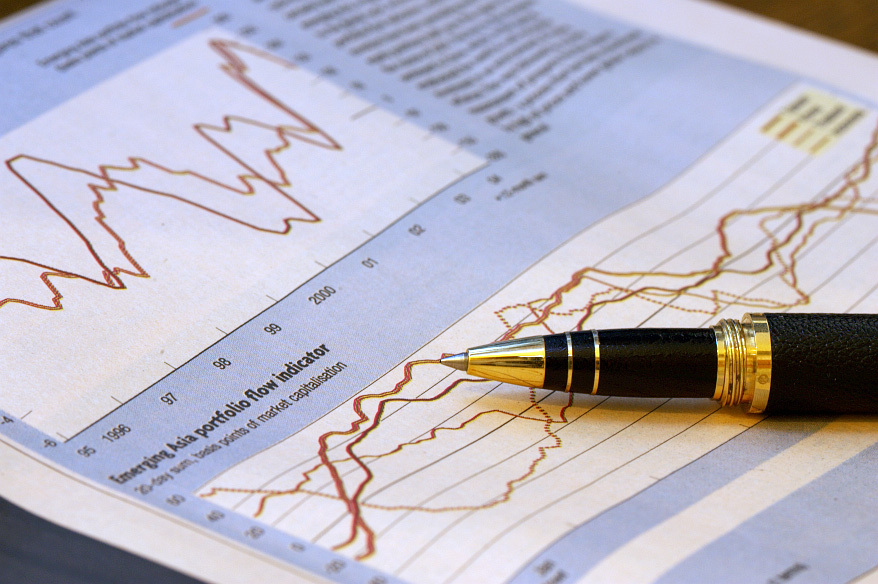The European industrial sector is facing mounting distress, according to a recent index. The index reveals that the sector is increasingly struggling, with a record number of industrial properties in distress across Europe. This trend is concerning for investors and stakeholders in the industrial real estate market, as it indicates a potential downturn in the sector.
The index shows that industrial properties in distress have reached their highest level in over a decade. This highlights the challenges facing the sector, as economic uncertainty and changing market dynamics continue to impact industrial real estate. The increase in distressed properties is a red flag for investors, as it suggests that many industrial assets are under financial strain and at risk of default.
The rise in distressed industrial properties is likely driven by a combination of factors, including the ongoing effects of the COVID-19 pandemic, supply chain disruptions, and changing consumer behavior. These challenges have put pressure on industrial assets, leading to an increase in distress across the sector. As a result, investors and stakeholders are closely monitoring the situation and looking for ways to mitigate risk in their industrial real estate portfolios.
The index also highlights regional variations in distress levels, with some European countries experiencing higher levels of distress than others. This indicates that the industrial sector is not immune to local market conditions and economic factors, making it important for investors to conduct thorough due diligence when investing in industrial real estate.
Despite the challenges facing the industrial sector, there are opportunities for investors to navigate the current market conditions and find value in distressed properties. By identifying undervalued assets and implementing strategic asset management strategies, investors can potentially turn distressed properties into profitable investments in the long term.
Overall, the index paints a sobering picture of the European industrial sector, highlighting the need for investors to tread carefully in the current market environment. While distress levels are high, there are opportunities for savvy investors to capitalize on undervalued industrial assets and generate strong returns in the future. As the industrial sector continues to evolve and adapt to changing market conditions, investors will need to stay vigilant and proactive to navigate the challenges ahead.






